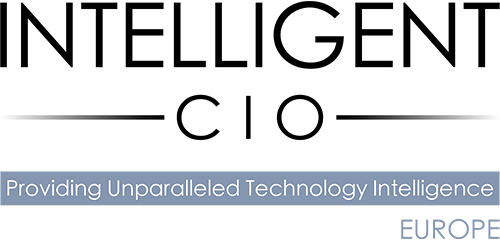
Identity and Access Management: The First Line of Defense
Without effective identity and access management (IAM) policies in place, an organization can never expect to be secure in the cloud due to its very nature: dispersed, rapidly evolving, and dynamically fluctuating within an organization.
With the pandemic-induced transition to cloud platforms over the past several years, malicious actors have had an easier time than ever following their targets into the cloud. According to The 2022 State of Cloud Native Security Report, “throughout the pandemic, there were significant expansions of cloud workloads overall, jumping to an average of 59% of workloads hosted in the cloud, up from an average of 46% in 2020. In addition, 69% of organizations host more than half of their workloads in the cloud, up from just 31%…in 2020.”
Further, identity and access management is one of the most critical, complex, and error-prone services in the cloud. While cloud service providers (CSPs) have created numerous guardrails to check and verify IAM configurations, users may still inadvertently introduce insecure configurations to IAM policies. Keenly aware of this, attackers leverage misconfigured cloud resources and quickly zero in on their targets.


